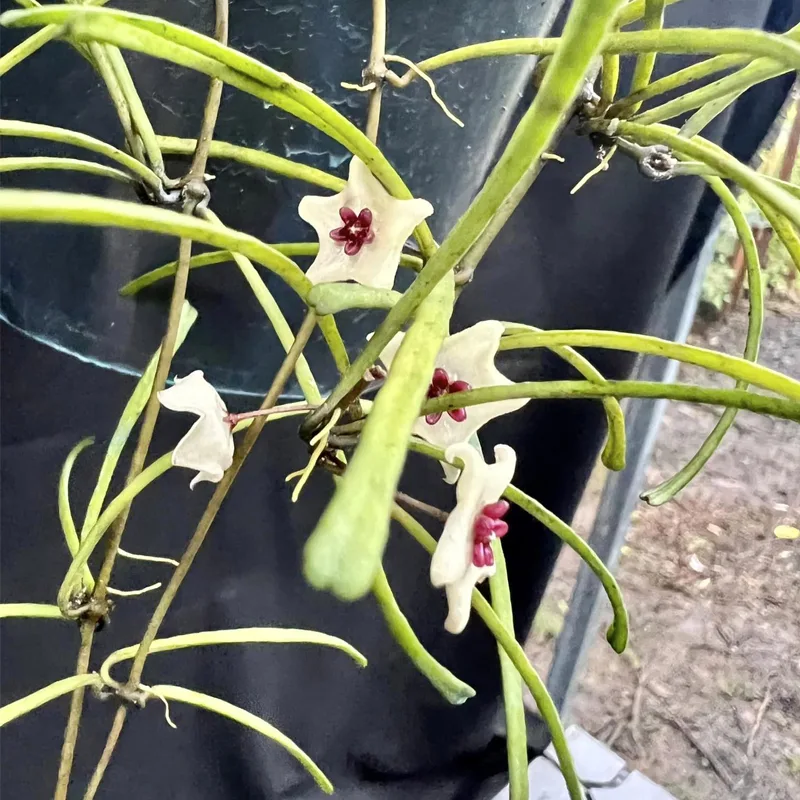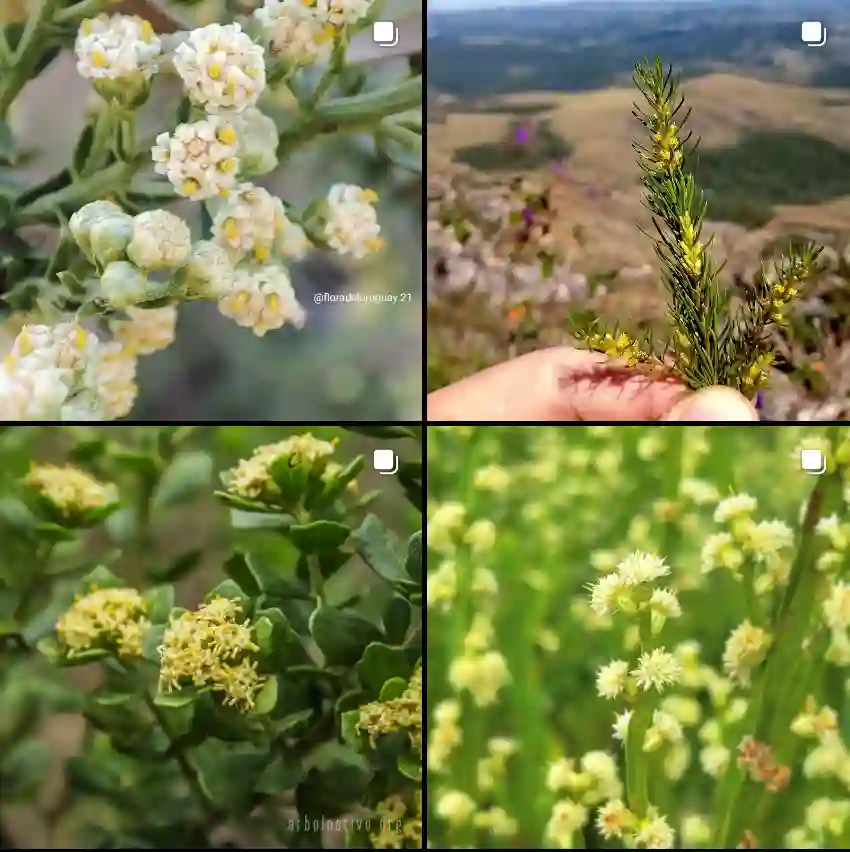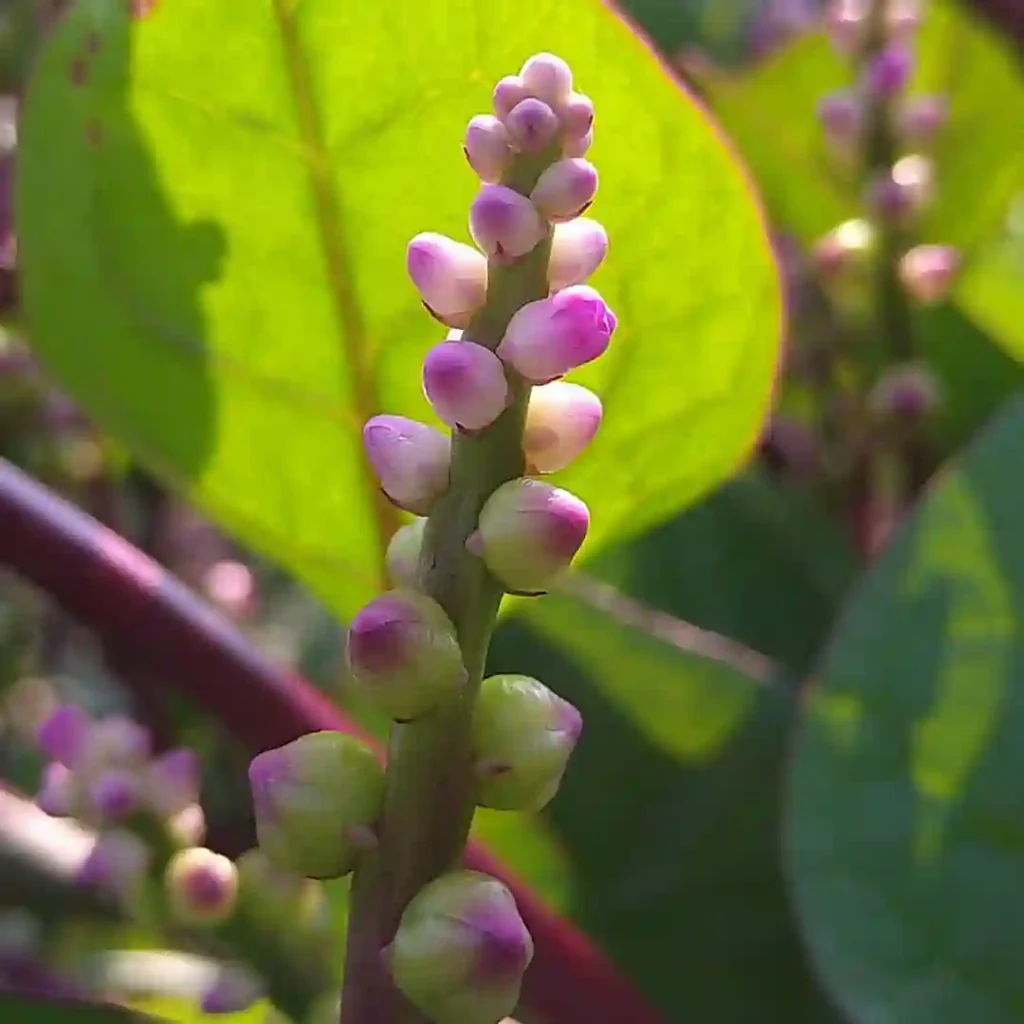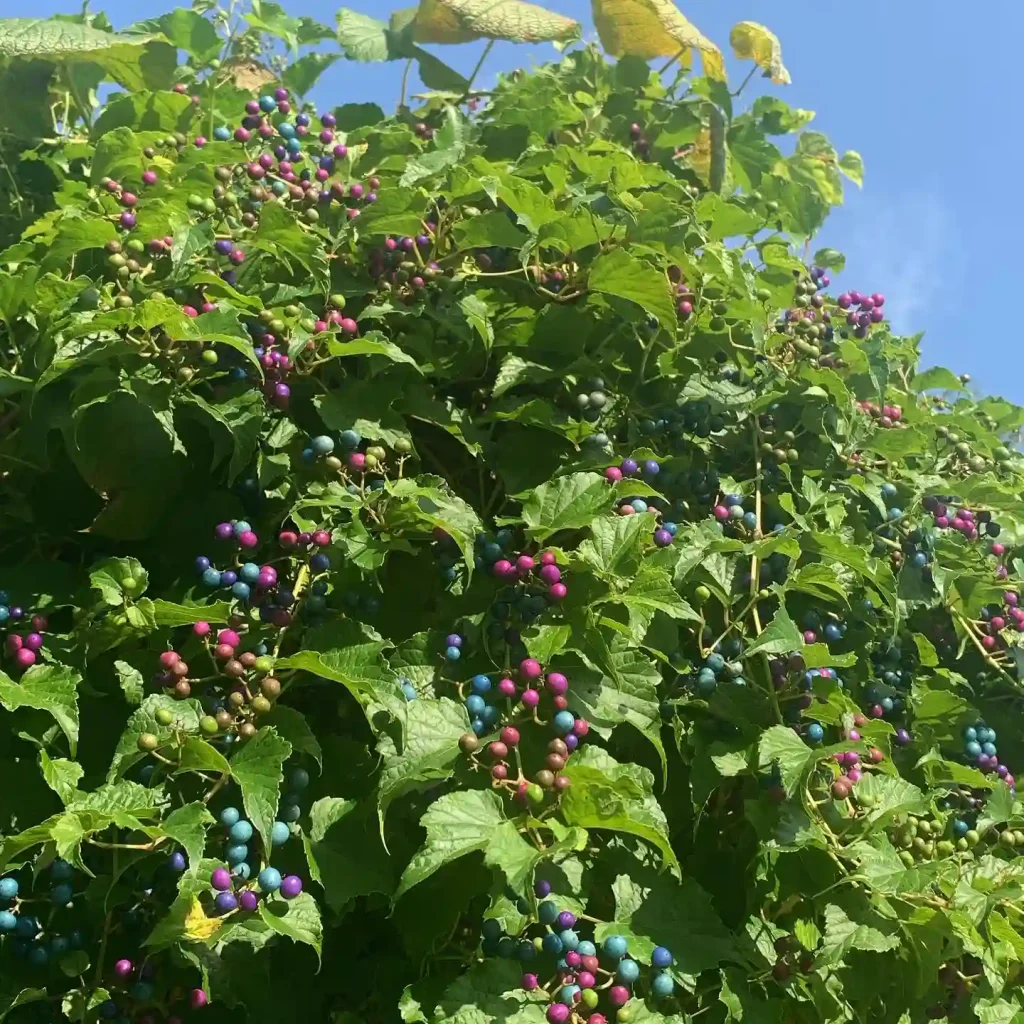Miscanthus: A Symphony of Grasses
My name is Ferb Vu, and I’ve always been fascinated by the natural world, especially the intricate beauty of grasses. Among them, the genus Miscanthus belong to the Poaceae family, holds a special place in my heart. These plants, often referred to as silver grasses, are not just aesthetically pleasing but also incredibly versatile. Their resilience, adaptability, and economic importance have made them a subject of extensive research and admiration.
A Diverse Family
The genus Miscanthus encompasses approximately 20 distinct species. The name itself originates from the Greek words “mischos,” meaning stalk, and “anthos,” meaning flower, a fitting description for these plants with their prominent stalks and delicate flower plumes. Each species within this genus offers unique characteristics, contributing to the overall diversity and appeal of Miscanthus.
- Miscanthus sinensis: Perhaps the most well-known species, Miscanthus sinensis, commonly known as Chinese silver grass or Eulalia grass, is native to East Asia and prized for its ornamental value. Plant FAQs: Zebra Grass – Miscanthus Sinensis
- Miscanthus sacchariflorus: This species, known as Amur silver grass, is native to Northeast Asia and is recognized for its rapid growth and potential as a biofuel crop.
- Miscanthus floridulus: Native to the Pacific Islands, this species is known for its tall stature and robust growth.
- Miscanthus depauperatus Merr.
- Miscanthus ecklonii (Nees) Mabb.
- Miscanthus fuscus (Roxb.) Benth.
- Miscanthus × longiberbis (Hack.) Nakai
- Miscanthus lutarioriparius L.Liu ex S.L.Chen & Renvoize
- Miscanthus nepalensis (Trin.) Hack.
- Miscanthus nudipes (Griseb.) Hack.
- Miscanthus oligostachyus Stapf
- Miscanthus paniculatus (B.S.Sun) S.L.Chen & Renvoize
- Miscanthus tinctorius (Steud.) Hack.
- Miscanthus villosus Y.C.Liu & H.Peng
- Miscanthus wangpicheonensis T.I.Heo & J.S.Kim
Ornamental Grasses
Miscanthus species have earned a reputation as exceptional ornamental grasses. Their graceful form, attractive foliage, and feathery plumes add a touch of elegance to any landscape. The plumes, which emerge in late summer or early fall, range in color from silvery white to reddish-brown, creating a stunning visual display. The foliage, often variegated or striped, provides further interest and texture.
These grasses are highly adaptable and can thrive in various conditions, making them a popular choice for gardeners and landscapers. They can be used as specimen plants, in borders, or as mass plantings to create a dramatic effect. Their versatility extends beyond aesthetics, as they also serve as effective screens or hedges, providing privacy and wind protection.
Economic Importance
Beyond their ornamental value, Miscanthus species have significant economic importance. Their rapid growth and high biomass yield make them ideal candidates for biofuel production. Miscanthus giganteus, in particular, has been identified as a promising source of renewable energy. It can be used to produce ethanol, a biofuel that can be blended with gasoline or used as a standalone fuel.
Miscanthus is also used in the production of various other products, including paper, fiberboard, and animal feed. Its use as a sustainable alternative to traditional materials is gaining traction as the world seeks to reduce its reliance on fossil fuels and non-renewable resources.
Environmental Benefits
Miscanthus offers numerous environmental benefits. Its ability to sequester carbon dioxide from the atmosphere makes it a valuable tool in mitigating climate change. It also requires minimal inputs, such as fertilizers and pesticides, reducing the environmental impact associated with its cultivation.
Furthermore, Miscanthus can help improve soil health and prevent erosion. Its deep root system stabilizes the soil, while its dense growth habit suppresses weeds and prevents soil loss. These benefits make Miscanthus a sustainable and environmentally friendly crop.
A Promising Future
As we continue to grapple with the challenges of climate change and resource depletion, Miscanthus offers a beacon of hope. Its versatility, resilience, and economic potential make it a valuable asset in our pursuit of a sustainable future. Whether used for ornamental purposes, biofuel production, or other applications, Miscanthus is poised to play an increasingly important role in our world.
As someone deeply passionate about the natural world, I am excited to witness the continued development and utilization of Miscanthus. Its beauty, versatility, and environmental benefits make it a true marvel of nature, and I believe it holds immense promise for the future.
If i die, water my plants!



